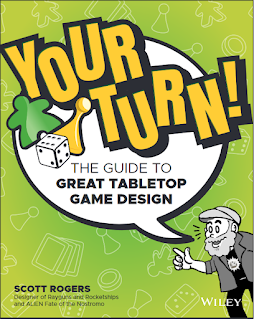I DO MY OWN STUNTS Update #9
What's better than a handful of meeples? A handful of MORE meeples!! Let's examine the question, how many meeples are enough meeples?
The standard meeple, as we know it today, first appeared in Carcassone (2002)
The term "meeple" was created when gamer Alison Hansel mistakenly mashed together the words "my" and "people" when describing the game's wooden figures. She shared her spoonerism online, it caught on and has been used ever since.
In 2024, Carcassone's publisher Hans um Gluck trademarked the term meeple in Germany and Europe and sent cease and desist letters to publishers who used the word in their games or even in their company's name! As a result, for example, Cotswold Games and its worker placement game, Meeple Inc., had to be renamed as Tabletop Inc.
I DO MY OWN STUNTS will use meeples, but I still have a few decisions to make. Firsst of all, in the game's rules, they will be refered to as "stunt performers" or "stunt peeple".
As for their form-factor, I have yet to decide whether they be standard meeples - but with heat-transferred or screen-printed faces and/or details on them. Or they might be a slightly different version of a meeple (note the upraised arm) - to differentiate them from the Hans Um Gluck meeple.
However, these alternate components would have to be tested to see if they work as well as the standard meeple does. My samples should be arriving in the mail soon, so then I can start testing!

One more note about the playtest - we had another half-dozen backers back the game! And a small quantity of the game will be (eventually) carried by Geeky Teas and Games, my favorite board game store in Burbank, CA! If you want your friendly local game store to carry I DO MY OWN STUNTS, please send them my way!


























































